Home>Renovation & DIY>Home Renovation Guides>What Is A Vapor Barrier In A Crawl Space
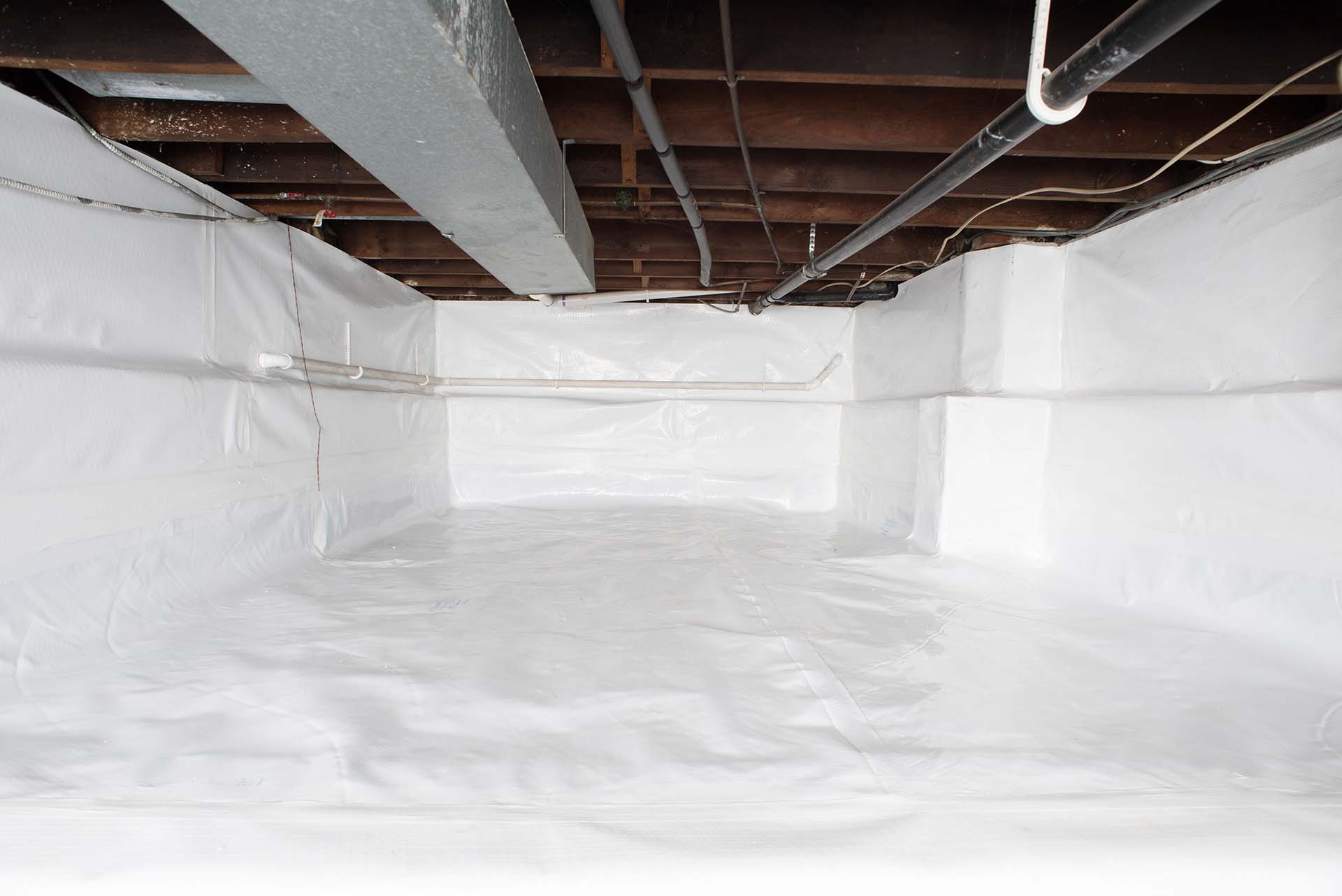

Home Renovation Guides
What Is A Vapor Barrier In A Crawl Space
Published: January 31, 2024
Learn the importance of a vapor barrier in a crawl space for your home renovation project. Find expert tips and advice in our comprehensive guide.
(Many of the links in this article redirect to a specific reviewed product. Your purchase of these products through affiliate links helps to generate commission for Storables.com, at no extra cost. Learn more)
Introduction
When it comes to maintaining a healthy and structurally sound home, the crawl space often plays a crucial role that is frequently overlooked. A key component of crawl space maintenance is the installation of a vapor barrier, which serves as a protective layer against moisture and its damaging effects. Understanding the significance of a vapor barrier in a crawl space is essential for homeowners looking to safeguard their property from potential issues such as mold, mildew, and structural damage.
The crawl space, though often hidden from plain sight, can significantly impact the overall well-being of a home. It is the area beneath the ground floor and above the soil, providing access to essential components such as plumbing, electrical wiring, and HVAC systems. Due to its proximity to the ground, the crawl space is susceptible to moisture infiltration, which can lead to a host of problems if left unaddressed.
A vapor barrier, also known as a moisture barrier, is a protective material designed to prevent moisture from seeping into the crawl space. This essential component acts as a shield, effectively blocking moisture from the ground and reducing the potential for condensation within the crawl space. By creating a barrier between the ground and the interior of the crawl space, a vapor barrier helps maintain a dry and stable environment, ultimately contributing to the overall health and longevity of the home.
Understanding the role of a vapor barrier in a crawl space is the first step toward ensuring the well-being of a home. From preventing mold growth to preserving the structural integrity of the property, the installation of a vapor barrier is a proactive measure that can yield long-term benefits. In the following sections, we will delve deeper into the specifics of vapor barriers, exploring their importance, types, installation process, and the multitude of advantages they offer to homeowners.
Key Takeaways:
- Protect your home by installing a vapor barrier in the crawl space to prevent mold, wood rot, and metal corrosion, ensuring a healthy and stable living environment.
- Choose the right vapor barrier type and ensure proper installation to enhance energy efficiency, prevent mold growth, and improve indoor air quality in your home.
Read more: How To Lay Vapor Barrier In Crawl Space
What Is a Vapor Barrier?
A vapor barrier, also referred to as a moisture barrier, is a critical component of a home's crawl space that serves as a protective shield against moisture infiltration. It is a material specifically designed to impede the passage of water vapor, preventing it from seeping into the crawl space and potentially causing damage to the structure and environment of the home.
The primary function of a vapor barrier is to control the movement of moisture, particularly from the ground, into the crawl space. By creating a barrier between the ground and the interior of the crawl space, it helps mitigate the risk of moisture-related issues such as mold growth, wood rot, and corrosion of metal components. Additionally, a vapor barrier aids in reducing the potential for condensation within the crawl space, which can lead to dampness and subsequent structural damage.
Vapor barriers are typically constructed from durable materials such as polyethylene plastic or reinforced foil. These materials are specifically chosen for their impermeability to water vapor, ensuring that they effectively block moisture from permeating the crawl space. The thickness of the vapor barrier is also a crucial factor, as it determines the level of protection it provides against moisture infiltration.
In essence, a vapor barrier acts as a safeguard, preserving the integrity of the crawl space and the overall structure of the home. By preventing excessive moisture from entering the crawl space, it helps maintain a dry and stable environment, which is essential for the longevity of the home's foundation, insulation, and other vital components.
Understanding the role of a vapor barrier is fundamental for homeowners seeking to protect their investment and ensure the well-being of their property. By creating a barrier against moisture, a vapor barrier plays a pivotal role in maintaining a healthy and structurally sound home, making it an indispensable element in crawl space maintenance and overall home preservation.
Importance of Vapor Barrier in a Crawl Space
The importance of a vapor barrier in a crawl space cannot be overstated, as it serves as a crucial line of defense against the detrimental effects of moisture infiltration. Crawl spaces are particularly vulnerable to moisture from the ground, and without a proper vapor barrier, this moisture can lead to a myriad of issues that compromise the integrity and health of the home.
One of the primary reasons for the significance of a vapor barrier in a crawl space is its role in preventing mold and mildew growth. Excessive moisture in the crawl space creates an ideal environment for mold and mildew to thrive, posing potential health risks to occupants and causing structural damage to the home. By effectively blocking moisture from the ground, a vapor barrier helps maintain a dry environment that inhibits the growth of mold and mildew, thereby safeguarding the health of the home's inhabitants and preserving the structural integrity of the property.
Furthermore, a vapor barrier plays a pivotal role in preventing wood rot and corrosion of metal components within the crawl space. Moisture can lead to the deterioration of wooden structural elements, such as floor joists and support beams, compromising the stability of the home. Additionally, metal components, including plumbing and HVAC systems, are susceptible to corrosion when exposed to excessive moisture. By creating a barrier against moisture infiltration, a vapor barrier mitigates the risk of wood rot and metal corrosion, thereby preserving the structural stability and functionality of the home's essential components.
In addition to protecting against moisture-related damage, a vapor barrier contributes to energy efficiency within the home. By reducing the potential for condensation and dampness in the crawl space, it helps maintain a consistent temperature and humidity level, which can lead to lower energy consumption for heating and cooling. This not only results in cost savings for homeowners but also reduces the environmental impact associated with excessive energy usage.
Moreover, the installation of a vapor barrier in a crawl space can enhance indoor air quality by preventing the infiltration of musty odors and airborne contaminants associated with damp environments. By maintaining a dry and clean crawl space, a vapor barrier contributes to a healthier living environment for occupants, particularly those with respiratory sensitivities or allergies.
In essence, the importance of a vapor barrier in a crawl space lies in its multifaceted role in preserving the structural integrity, health, and energy efficiency of the home. By effectively managing moisture infiltration, a vapor barrier acts as a proactive measure that safeguards the well-being of the property and its inhabitants, making it an indispensable component of crawl space maintenance and overall home preservation.
Types of Vapor Barriers
Vapor barriers come in various types, each offering unique characteristics and suitability for different crawl space environments. Understanding the different types of vapor barriers is essential for homeowners seeking to make informed decisions regarding the protection and maintenance of their crawl spaces.
-
Polyethylene Plastic: This type of vapor barrier is one of the most commonly used materials for crawl space encapsulation. It is available in varying thicknesses, typically ranging from 6 mil to 20 mil, with thicker options providing enhanced durability and moisture resistance. Polyethylene plastic vapor barriers are known for their impermeability to water vapor, making them highly effective in preventing moisture infiltration into the crawl space.
-
Reinforced Foil: Vapor barriers constructed from reinforced foil offer exceptional durability and resistance to moisture. The foil is often reinforced with a layer of woven polyethylene, providing added strength and tear resistance. Reinforced foil vapor barriers are particularly suitable for crawl spaces that may be exposed to higher levels of moisture or require additional protection against punctures or tears.
-
Vapor Barrier Paint: In some instances, vapor barrier paint may be used as an alternative to traditional sheet materials. This specialized paint is formulated with moisture-resistant properties, allowing it to create a protective barrier when applied to the interior surfaces of the crawl space. While vapor barrier paint offers a more seamless application process, it may not provide the same level of protection as traditional sheet materials, particularly in crawl spaces with higher moisture levels.
-
Composite Vapor Barriers: Composite vapor barriers are constructed from multiple layers of different materials, often combining polyethylene, foil, and other moisture-resistant components. These multi-layered barriers are designed to offer comprehensive protection against moisture infiltration, providing a versatile solution for varying crawl space conditions. Composite vapor barriers are known for their durability and ability to withstand challenging environmental factors.
-
Permeable Vapor Barriers: Unlike traditional impermeable vapor barriers, permeable vapor barriers are designed to allow some degree of moisture transmission while still providing a level of protection against excessive moisture infiltration. These barriers are often used in crawl spaces where a balance between moisture control and breathability is required, allowing for the release of trapped moisture without compromising the overall integrity of the crawl space.
Selecting the most suitable type of vapor barrier for a crawl space depends on factors such as the level of moisture present, environmental conditions, and the specific requirements of the home. By understanding the characteristics and applications of different vapor barrier types, homeowners can make informed choices that align with the unique needs of their crawl spaces, ultimately contributing to the long-term protection and preservation of their homes.
When installing a vapor barrier in a crawl space, make sure to overlap the seams by at least 12 inches and seal them with a waterproof tape to prevent moisture from seeping through.
Installation of Vapor Barrier in a Crawl Space
The installation of a vapor barrier in a crawl space is a critical step in safeguarding the home against moisture-related issues and preserving its structural integrity. Proper installation ensures that the vapor barrier effectively creates a protective shield, preventing moisture from infiltrating the crawl space and causing potential damage. The process of installing a vapor barrier involves several key steps, each of which contributes to the overall effectiveness of the barrier.
-
Preparation: Before installing the vapor barrier, it is essential to prepare the crawl space by addressing any existing moisture issues, such as standing water or excessive dampness. Additionally, any debris or obstructions should be cleared to ensure a clean and even surface for the vapor barrier installation.
-
Measurement and Cutting: The vapor barrier material, whether it is polyethylene plastic, reinforced foil, or another type, should be measured and cut to fit the dimensions of the crawl space. Careful attention should be given to ensure that the material covers the entire floor area and extends up the walls, creating a seamless barrier against moisture infiltration.
-
Sealing and Securing: Once the vapor barrier is positioned in the crawl space, it should be securely sealed and anchored to prevent any gaps or movement. Seams and edges of the material should be carefully sealed using specialized tape or adhesive designed for vapor barrier installation. Additionally, the barrier should be secured in place using fasteners or weights to ensure it remains in position.
-
Overlap and Integration: In cases where multiple sheets of vapor barrier material are required to cover the entire crawl space, overlapping the sheets is crucial to maintain a continuous barrier. Proper integration of the sheets ensures that there are no gaps or weak points that could compromise the effectiveness of the vapor barrier.
-
Perimeter and Penetrations: Attention should be given to sealing the perimeter of the vapor barrier where it meets the walls of the crawl space. Additionally, any penetrations such as pipes, conduits, or structural elements should be carefully sealed to prevent moisture from bypassing the barrier.
-
Inspection and Maintenance: Once the vapor barrier is installed, a thorough inspection should be conducted to ensure that it is properly sealed and free from any defects. Regular maintenance and monitoring of the vapor barrier are essential to address any potential issues and maintain its effectiveness over time.
Proper installation of a vapor barrier in a crawl space is a proactive measure that contributes to the overall health and longevity of the home. By creating a protective shield against moisture infiltration, the vapor barrier helps mitigate the risk of mold growth, wood rot, and structural damage, ultimately preserving the integrity of the property. Homeowners should consider professional installation or adhere to best practices to ensure that the vapor barrier effectively fulfills its role in maintaining a dry and stable crawl space environment.
Read more: What Is A Vapor Barrier For Insulation
Benefits of Using a Vapor Barrier
The utilization of a vapor barrier in a crawl space offers a multitude of benefits that contribute to the overall well-being and longevity of a home. By effectively managing moisture infiltration and creating a protective shield, a vapor barrier plays a pivotal role in safeguarding the structural integrity, health, and energy efficiency of the property.
One of the primary benefits of using a vapor barrier is the prevention of mold and mildew growth. Excessive moisture in the crawl space creates an ideal environment for mold and mildew to thrive, posing potential health risks to occupants and causing structural damage to the home. By impeding moisture from the ground, a vapor barrier helps maintain a dry environment that inhibits the growth of mold and mildew, thereby safeguarding the health of the home's inhabitants and preserving the structural integrity of the property.
Furthermore, a vapor barrier contributes to the prevention of wood rot and corrosion of metal components within the crawl space. Moisture can lead to the deterioration of wooden structural elements, compromising the stability of the home. Additionally, metal components, including plumbing and HVAC systems, are susceptible to corrosion when exposed to excessive moisture. By creating a barrier against moisture infiltration, a vapor barrier mitigates the risk of wood rot and metal corrosion, thereby preserving the structural stability and functionality of the home's essential components.
In addition to protecting against moisture-related damage, a vapor barrier enhances energy efficiency within the home. By reducing the potential for condensation and dampness in the crawl space, it helps maintain a consistent temperature and humidity level, which can lead to lower energy consumption for heating and cooling. This results in cost savings for homeowners and reduces the environmental impact associated with excessive energy usage.
Moreover, the installation of a vapor barrier in a crawl space can enhance indoor air quality by preventing the infiltration of musty odors and airborne contaminants associated with damp environments. By maintaining a dry and clean crawl space, a vapor barrier contributes to a healthier living environment for occupants, particularly those with respiratory sensitivities or allergies.
In essence, the benefits of using a vapor barrier in a crawl space encompass a comprehensive range of advantages, including mold prevention, protection against wood rot and metal corrosion, energy efficiency, and improved indoor air quality. By effectively managing moisture infiltration and creating a protective shield, a vapor barrier serves as a proactive measure that safeguards the well-being of the property and its inhabitants, making it an indispensable component of crawl space maintenance and overall home preservation.
Conclusion
In conclusion, the installation of a vapor barrier in a crawl space is a fundamental aspect of home maintenance that offers a multitude of benefits and plays a crucial role in safeguarding the structural integrity, health, and energy efficiency of the property. By creating a protective shield against moisture infiltration, a vapor barrier serves as a proactive measure that mitigates the risk of mold growth, wood rot, and corrosion of essential components within the crawl space.
The significance of a vapor barrier lies in its ability to maintain a dry and stable environment, thereby inhibiting the growth of mold and mildew, which can pose potential health risks to occupants and cause structural damage to the home. Additionally, the prevention of wood rot and metal corrosion contributes to preserving the stability and functionality of the home's essential components, ensuring the longevity of the property.
Furthermore, the installation of a vapor barrier enhances energy efficiency by reducing the potential for condensation and dampness in the crawl space, leading to lower energy consumption for heating and cooling. This not only results in cost savings for homeowners but also reduces the environmental impact associated with excessive energy usage. Additionally, the improvement of indoor air quality through the prevention of musty odors and airborne contaminants contributes to a healthier living environment for occupants, particularly those with respiratory sensitivities or allergies.
In essence, the utilization of a vapor barrier in a crawl space offers a comprehensive range of benefits, including mold prevention, protection against wood rot and metal corrosion, energy efficiency, and improved indoor air quality. Homeowners are encouraged to prioritize the installation of a vapor barrier as part of their crawl space maintenance efforts, ensuring that their property remains resilient against moisture-related issues and conducive to a healthy living environment.
By understanding the importance of a vapor barrier and its numerous benefits, homeowners can make informed decisions regarding the protection and preservation of their homes, ultimately contributing to the long-term well-being and sustainability of their properties. The proactive installation of a vapor barrier is a testament to homeowners' commitment to maintaining a healthy and structurally sound home, safeguarding their investment, and providing a safe and comfortable living environment for their families.
Frequently Asked Questions about What Is A Vapor Barrier In A Crawl Space
Was this page helpful?
At Storables.com, we guarantee accurate and reliable information. Our content, validated by Expert Board Contributors, is crafted following stringent Editorial Policies. We're committed to providing you with well-researched, expert-backed insights for all your informational needs.
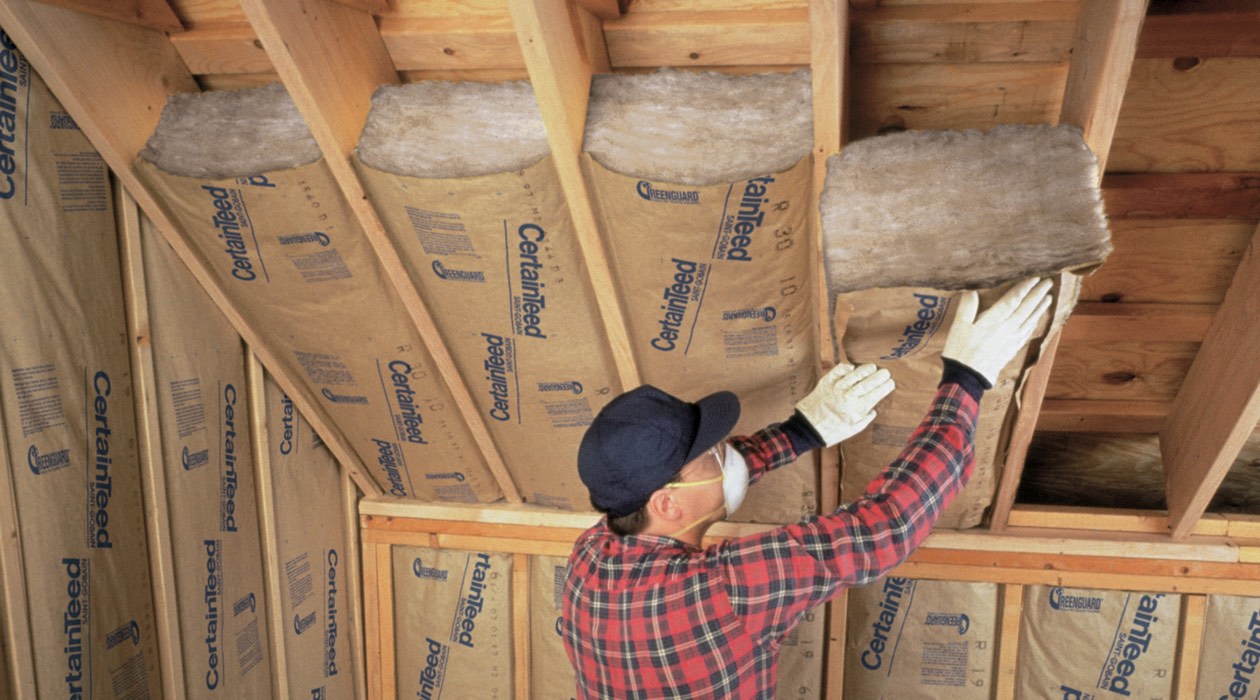

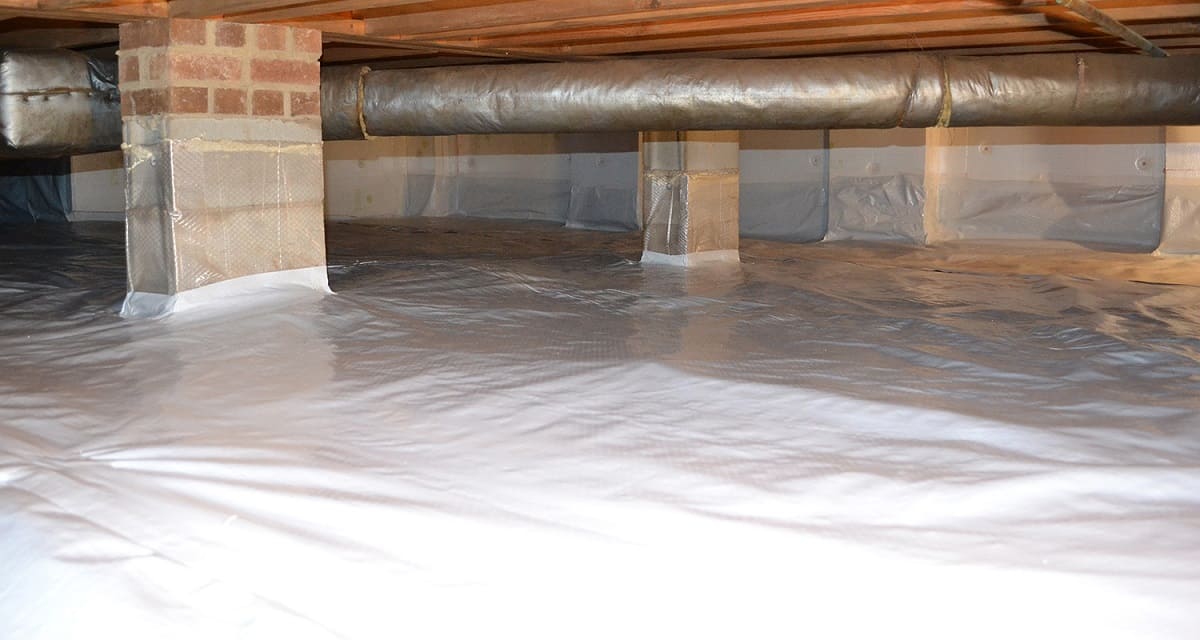
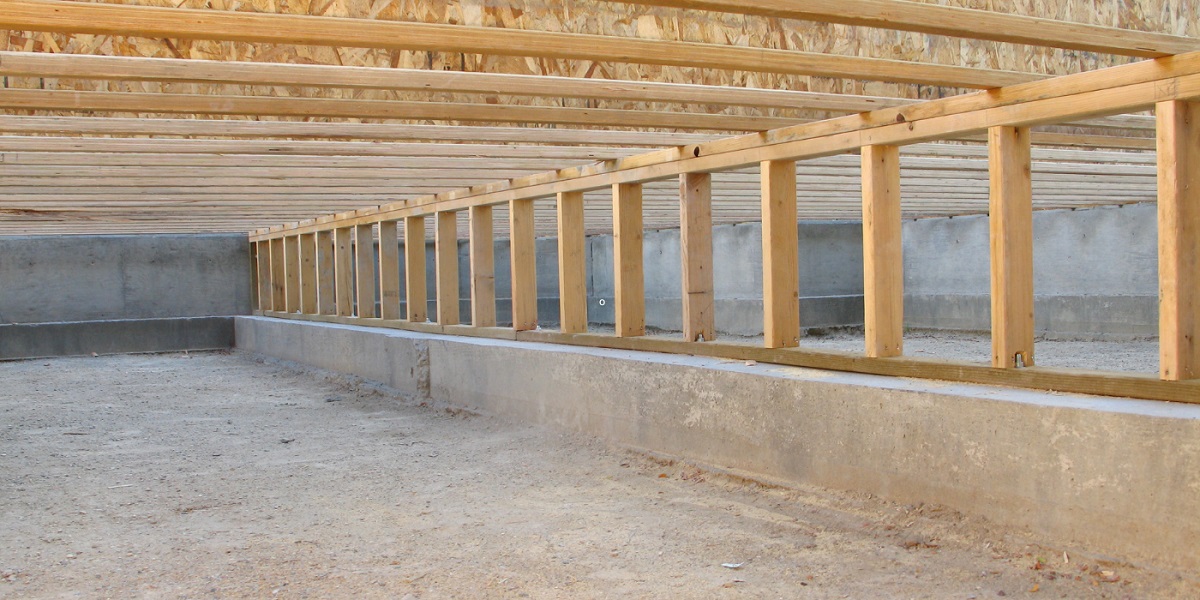
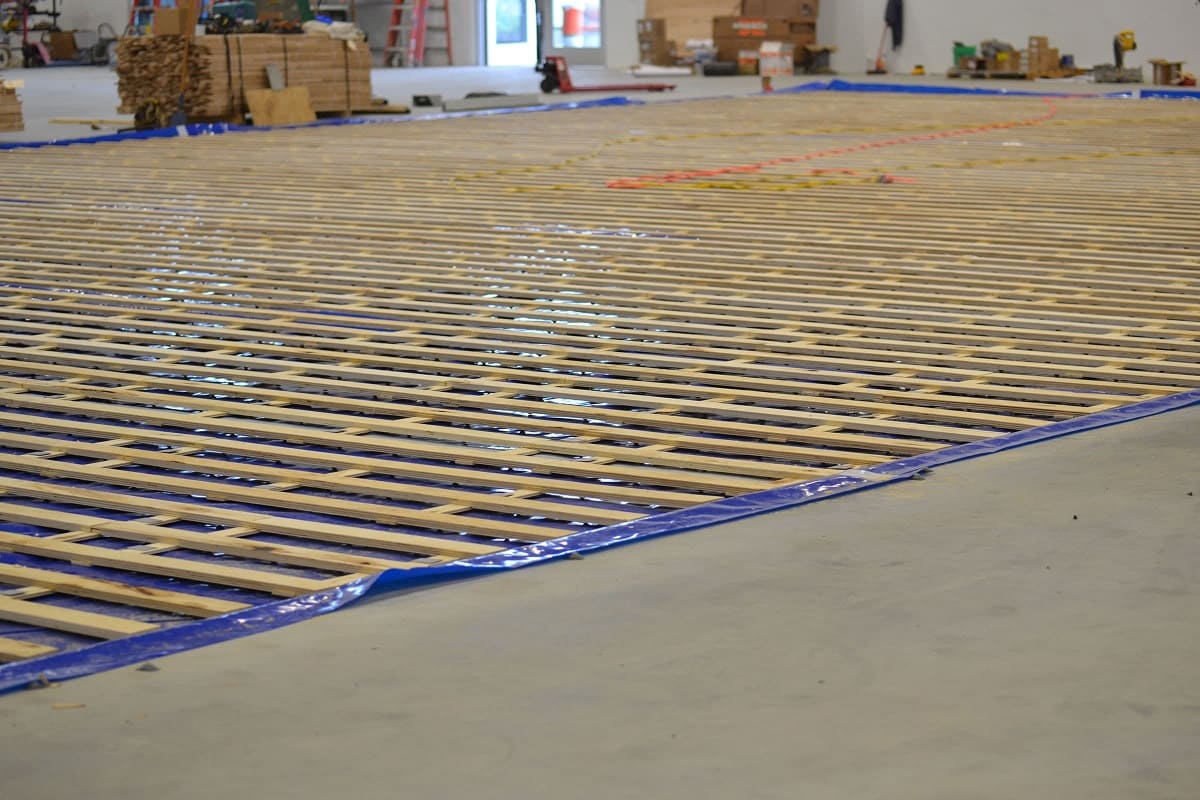
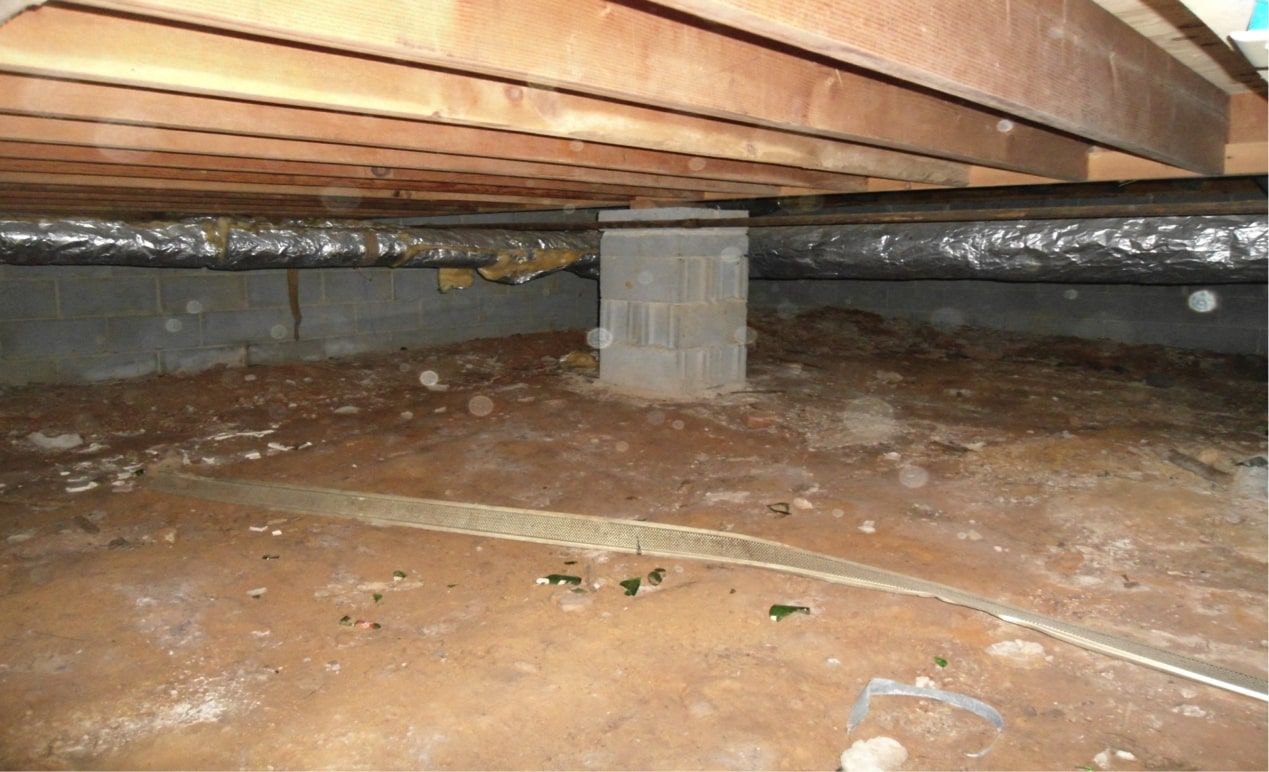
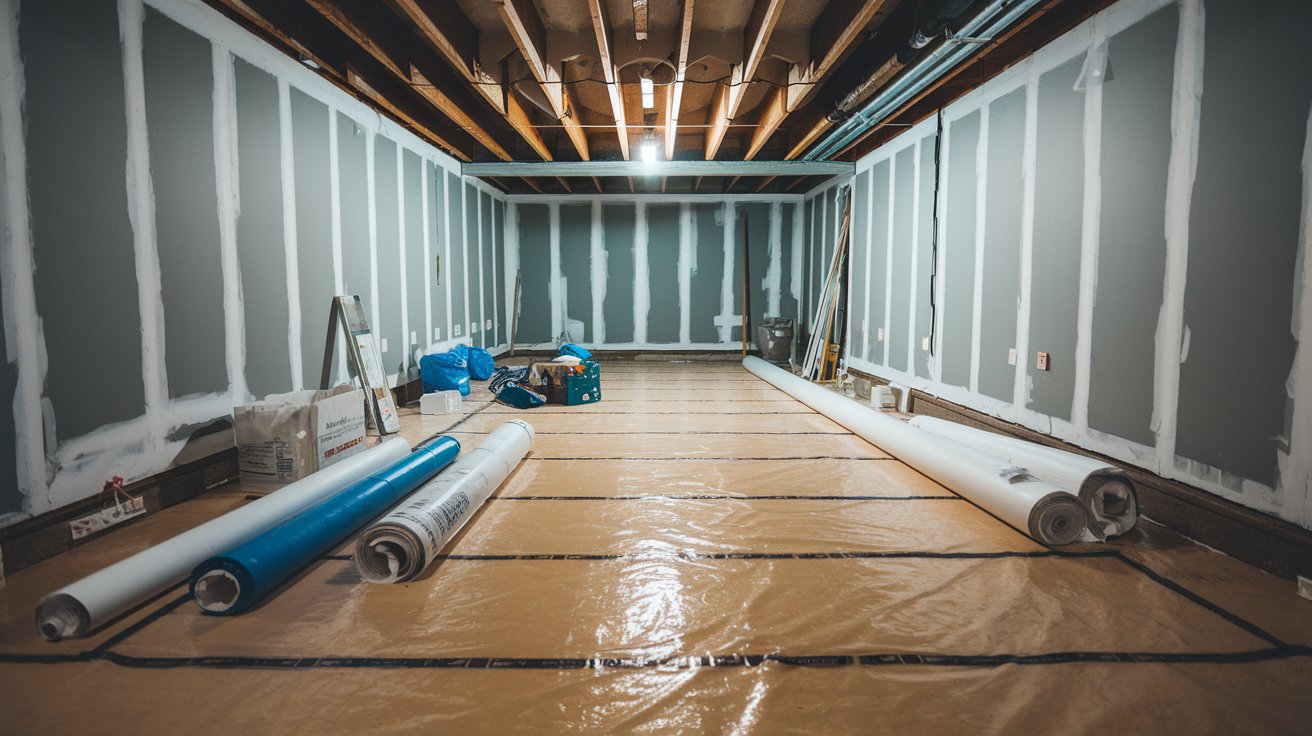
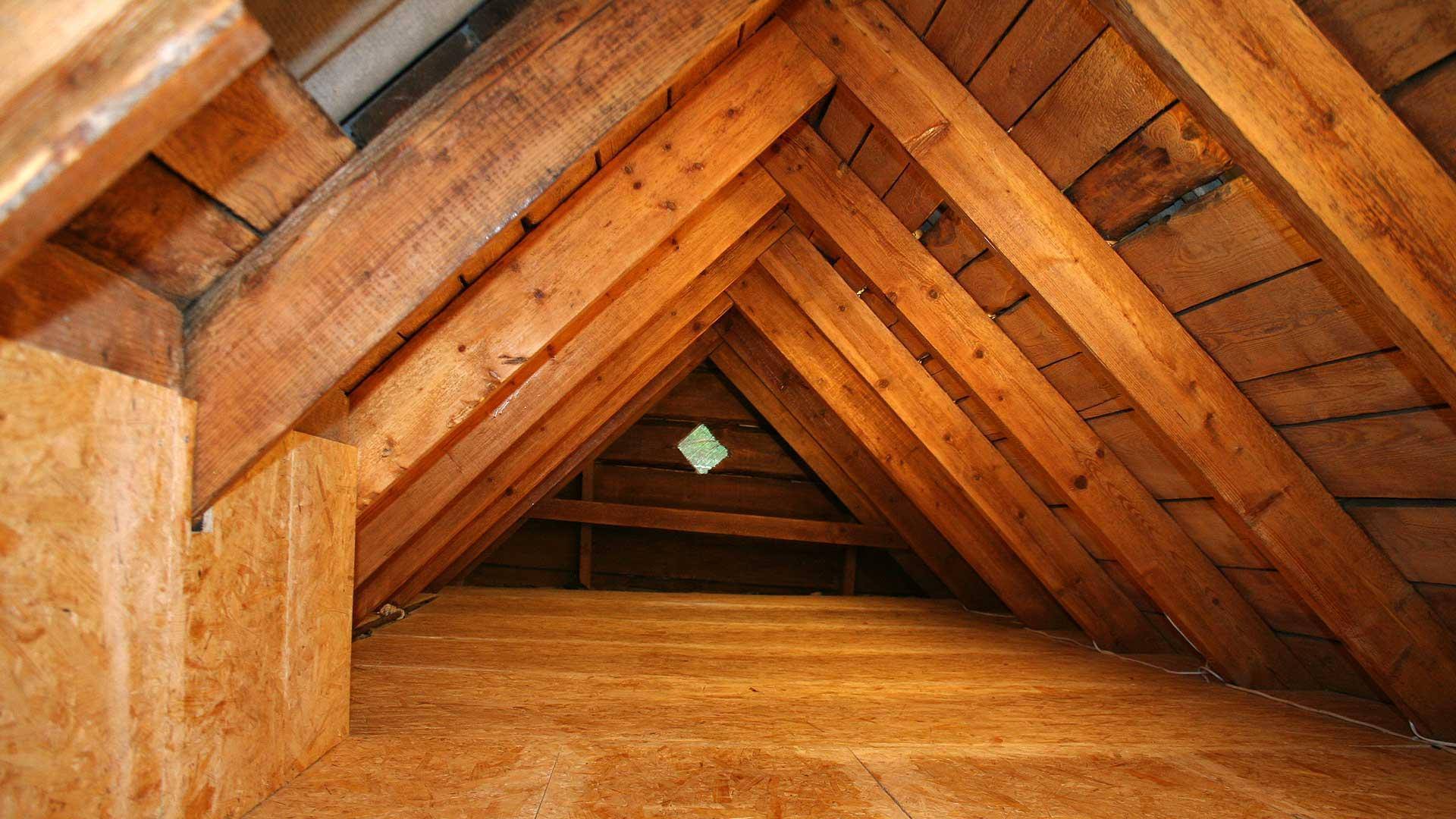
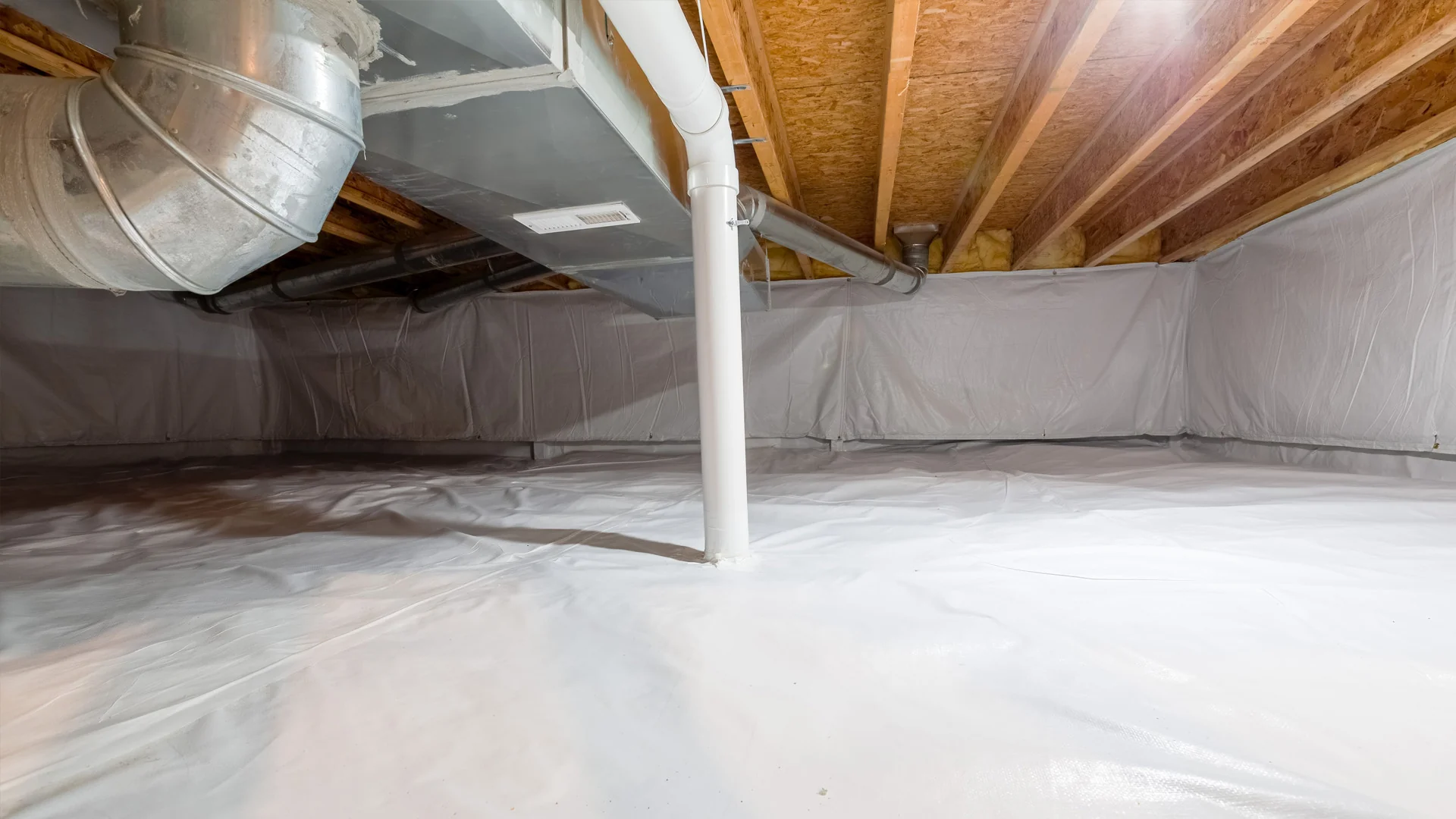
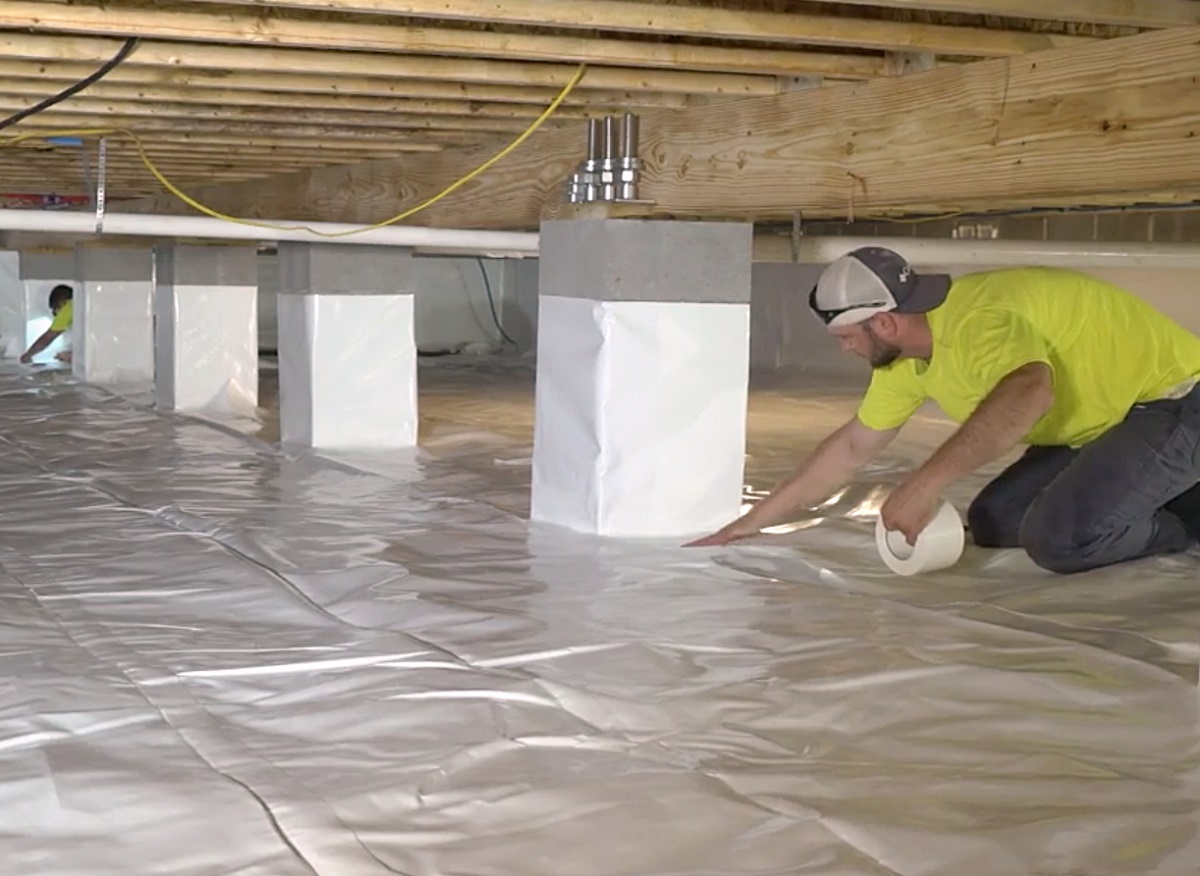
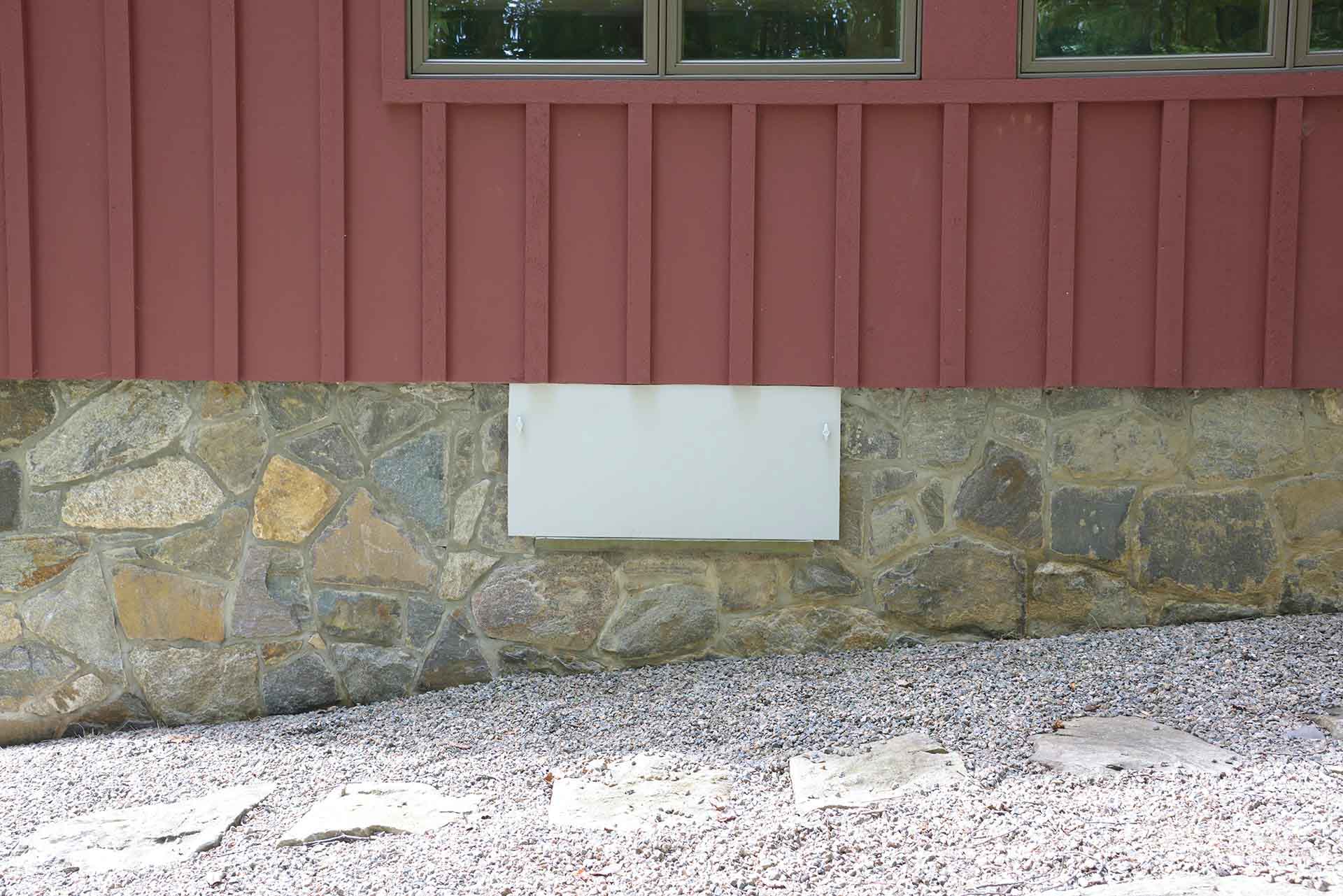
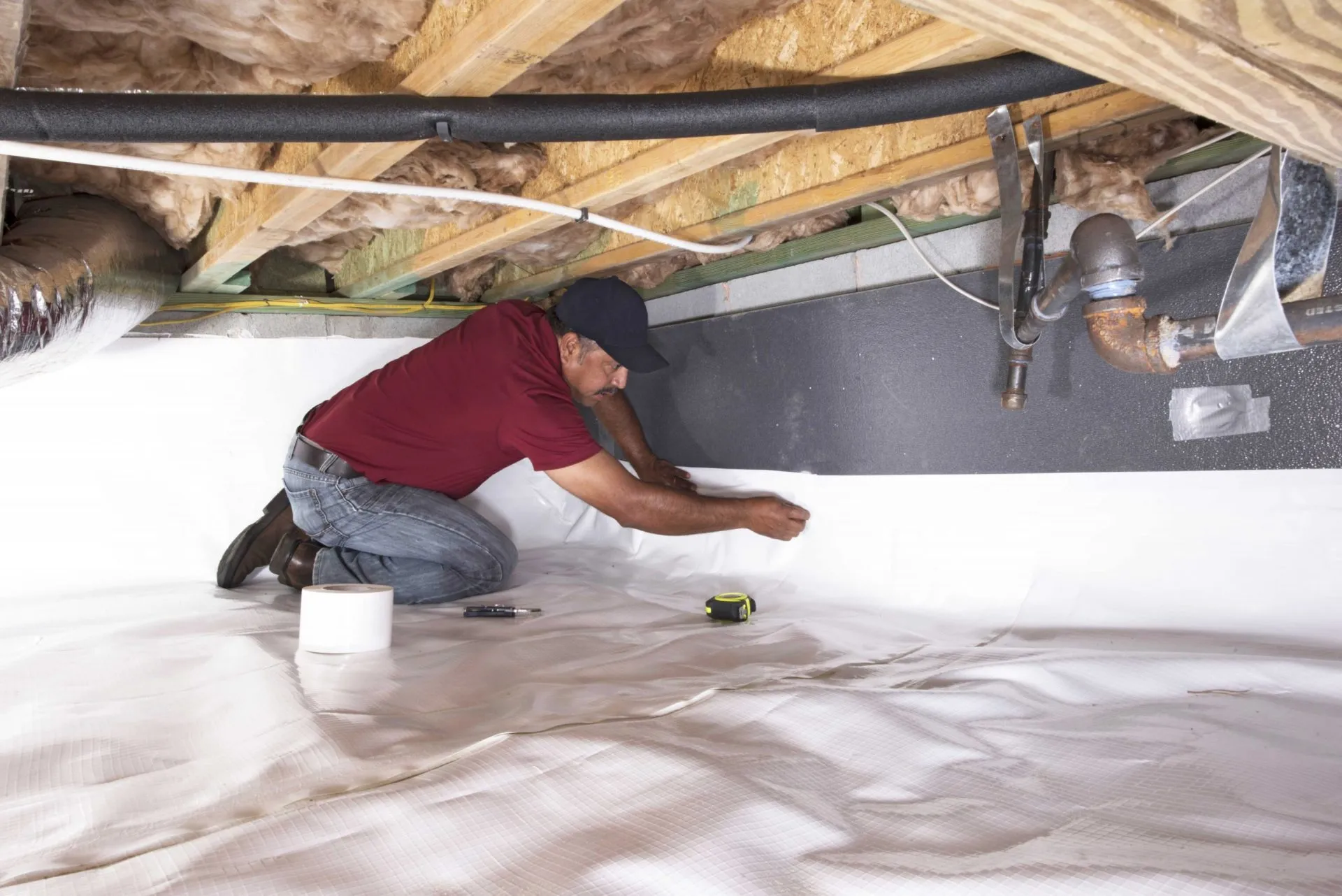
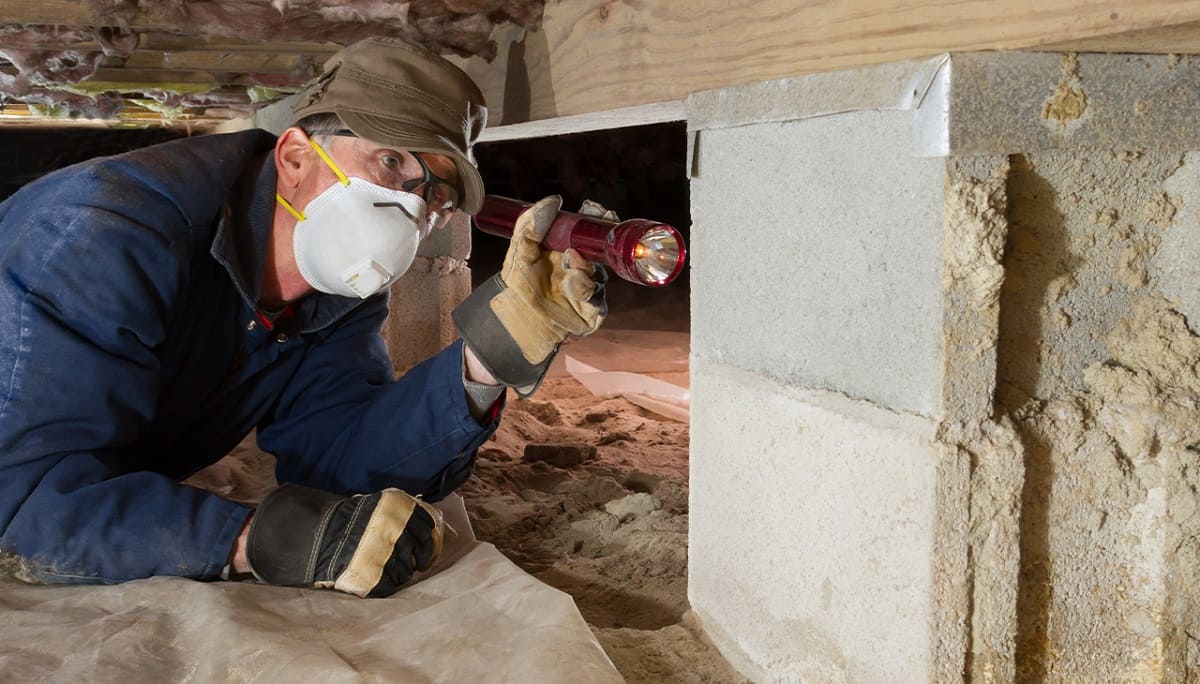


0 thoughts on “What Is A Vapor Barrier In A Crawl Space”